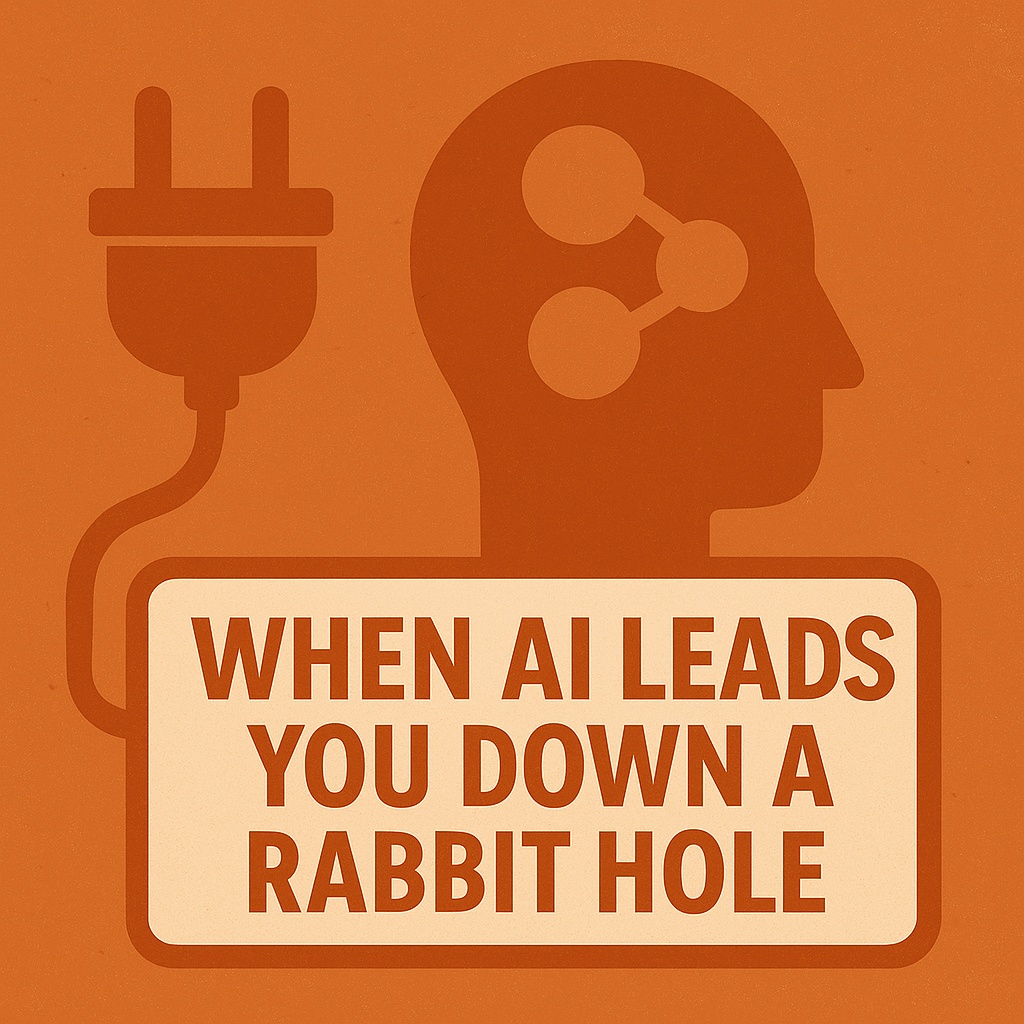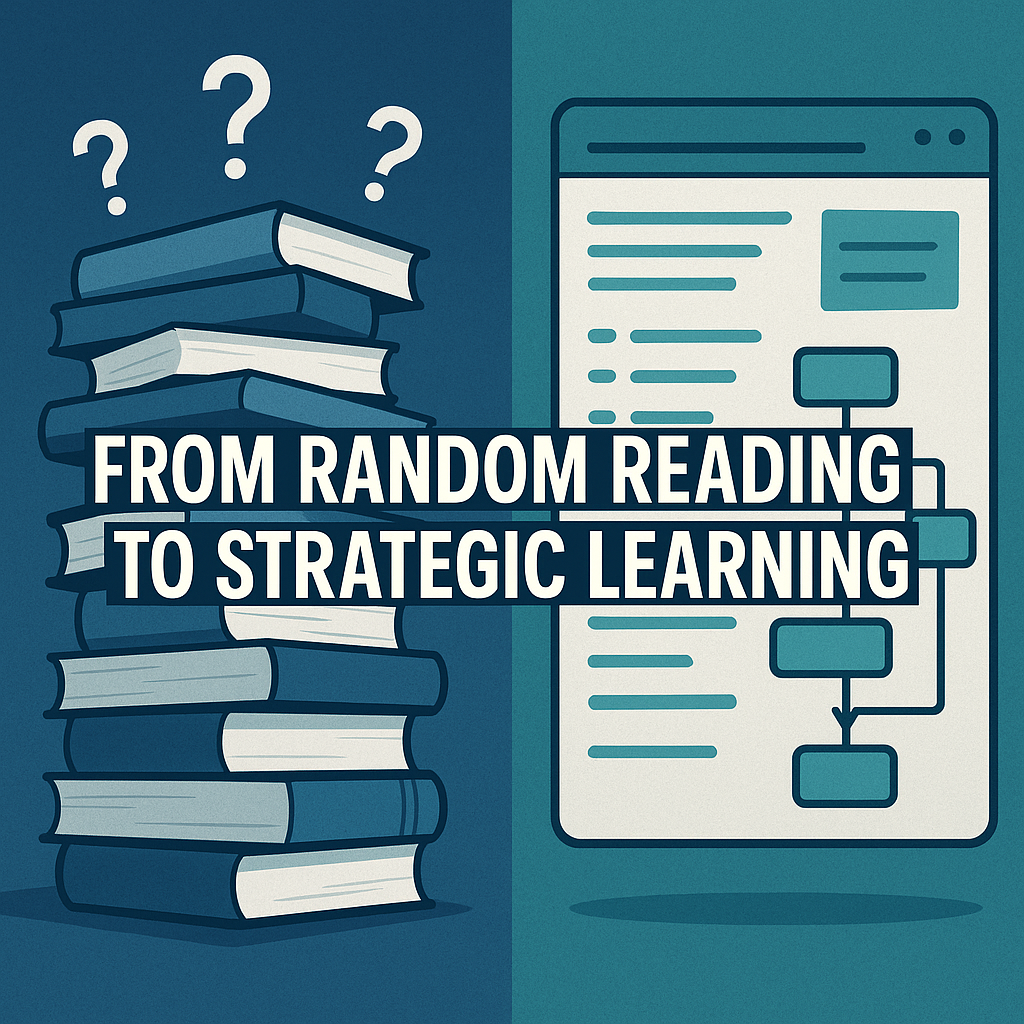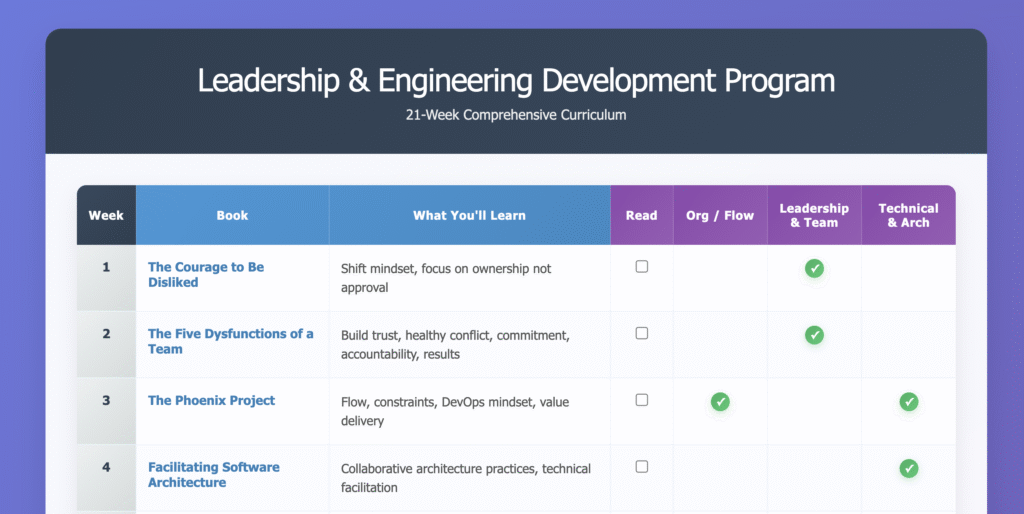By Steve Mitchell | Steve’s AI Diaries
It was supposed to be 30 minutes. Just a quick check-in on my N8N automation project after a 12-hour workday.
Instead, I got locked out of my Raspberry Pi server.
I spent the rest of that evening troubleshooting. Then I spent five more hours on Saturday going deeper down the rabbit hole—until I literally couldn’t remember what problem I was actually trying to fix anymore.
The actual issue? An expired token. Two clicks.
This is my second time learning this lesson the hard way. If you’re smarter than me, you’ll learn it from reading this instead.
What Was at Stake
This wasn’t just any server. This was the backbone of my entire Personal AI automation network:
- The n8n workflow hub that automates my podcasts, notes, and Notion updates
- The AI voice studio that turns my reflections into daily TTS episodes
- The family assistant that syncs health, workouts, and journaling
- The forex trading bot controller running live experiments
- Unpublished projects like my J.A.R.V.I.S. personal assistant
- All the backup scripts protecting everything above
One login error, and the whole system went dark.
No notes syncing. No podcast generator. No smart routines.
Just a dead login screen—and me, already exhausted from a full day of work.
I told myself it’d be fixed in 30 minutes. Just get it back online and call it a night.
How It Started
I was following an N8N tutorial, comparing my setup to someone’s YouTube walkthrough. My hosted version didn’t have the same features they showed onscreen.
No documentation. Nothing in the forums.
So I asked ChatGPT to help me configure it.
That should have been my first red flag. If there’s no documentation and no forum posts, there’s probably a reason.
But I trusted AI to lead the way.
A few config tweaks later, I was locked out completely. Every login attempt kicked me back to the setup screen.
And down the rabbit hole I went.
The Spiral
Here’s what the rest of my evening looked like—and then my entire Saturday:
Friday night:
- Rebuilding containers
- Reconfiguring OAuth settings
- Checking permissions
- Reviewing logs
Maybe I should just sleep on it and come back fresh…
Saturday morning:
- Adjusting environment variables
- Testing different authentication methods
- Creating new instances
- Comparing configurations
Saturday afternoon:
- Reading Docker documentation
- Trying completely different approaches
- Backtracking through changes I’d made
- Solving problems I’d created while solving other problems
By hour seven on Saturday, I had completely lost the thread. I wasn’t fixing the login issue anymore—I was fixing the fixes I’d attempted on Friday night.
I wasn’t debugging anymore—I was trying to prove I could fix it.
Why We Fall In
We don’t fall into rabbit holes because we’re careless. We fall in because we care.
We want to fix things.
We want to understand why.
We want control.
The very traits that make us effective—persistence, pride, precision—also make us vulnerable to what I call productive self-deception.
We convince ourselves we’re making progress when we’re actually just making noise.
And when you add AI to the mix? The spiral gets steeper.
When AI Becomes a Crutch
AI is extraordinary at local reasoning—pattern recognition, log analysis, generating commands.
But it lacks meta-awareness. It can’t say: “This problem isn’t worth solving right now.”
That’s our job.
AI doesn’t care about opportunity cost.
AI doesn’t feel frustration as a signal to pause.
AI doesn’t protect your time, energy, or focus—you do.
As soon as my system failed—already exhausted on a Friday night—I let AI take the wheel. I fed it errors, followed every suggestion, and outsourced my judgment.
By Saturday afternoon, I had lost the plot entirely.
The Real Cost
We think troubleshooting costs time. It doesn’t. It costs something far more valuable:
Momentum — Every hour in the weeds delays real work
Energy — You finish drained and demotivated
Perspective — You forget why you were fixing it
Trust — You doubt your tools, your instincts, yourself
I call this the Troubleshooting Tax—the hidden price of over-engineering.
The goal isn’t to fix everything. It’s to know what’s worth fixing.
How to Know You’re Looping
You’re not debugging anymore when:
- You’ve been “almost there” for more than 45 minutes
- You’re solving issues that weren’t part of the original goal
- You’ve stopped documenting your changes
- You’re chasing closure instead of progress
- Frustration is rising faster than understanding
When that happens—stop.
You’re not learning. You’re looping.
How to Escape
After burning my entire Saturday (plus Friday evening) on a two-click fix, I built myself a system. Here’s what I do now before touching the keyboard:
1. Re-Anchor to Purpose
- What value am I restoring by fixing this?
- What’s my time budget?
- What’s my rollback plan?
If the purpose feels fuzzy—stop.
2. Use a “Go/No-Go” Timer
Timebox your troubleshooting. If it’s not resolved in that window, document what you tried and move on.
Come back with fresh eyes, or escalate it.
3. Keep a Human in the Loop
Regularly ask yourself (or a colleague, or even AI):
“Are we still solving the right problem?”
If not, step back.
4. Protect Your Rollbacks
Backups and version control aren’t just technical safety nets—they’re psychological ones.
When you know you can undo, you stop being afraid to pause.
5. Review the Decision, Not Just the Bug
After you fix something, ask:
“At what point could I have realized this wasn’t worth the time?”
That reflection sharpens your intuition for next time.
The 60-Second Sanity Check
Before diving into any technical issue, I now run through this mental checklist:
Step 1 – Clarify the Why
What outcome am I protecting? Who depends on this system?
Step 2 – Bound the Effort
What’s my time budget? What’s my rollback plan?
Step 3 – Sanity Cross-Check
Has AI taken over my reasoning? Do I still understand why I’m doing this?
Step 4 – Stop or Continue
If I’m stuck or emotionally frustrated—stop. Write down what I know, walk away, revisit tomorrow.
This simple framework has saved me countless hours.
The Leadership Angle
This isn’t just a tech story—it’s a leadership story.
Teams fall into the same trap: automating, optimizing, refactoring—but losing sight of the value.
As leaders, we need to create cultures that celebrate stepping back, not just pushing through.
Reward the engineer who says, “Let’s stop here.”
Great engineers don’t just know how to solve problems. They know which ones matter.
My New Rule
After that day, I rebuilt my automation stack with one principle:
Every system must have a human circuit breaker.
For me, that means:
- Git-based backups for all configs
- Versioned containers
- Daily snapshots
- A visible note on my monitor
That note says:
“Are you fixing the real problem—or the one you found while fixing it?”
That’s my new mantra.
Because the deeper lesson wasn’t about OAuth or Docker or expired tokens.
It was about judgment.
The Bottom Line
AI can multiply your reach.
Automation can expand your capacity.
But only you can decide what’s worth fixing—and when it’s time to stop.
The smartest command in your system isn’t sudo or git commit or docker restart.
It’s:
pause && breatheHave you fallen down a troubleshooting rabbit hole recently? What pulled you out? I’d love to hear your stories in the comments.
Steve Mitchell | Steve’s AI Diaries
Exploring the messy, human side of building with AI












